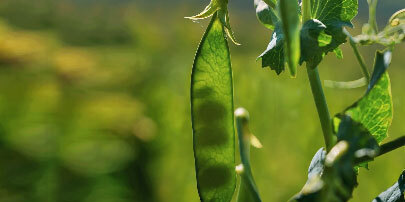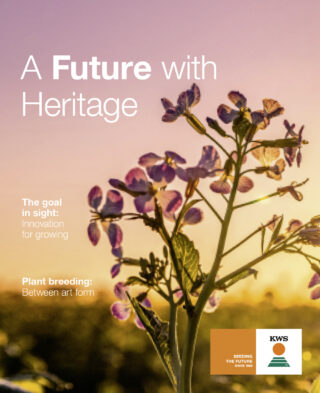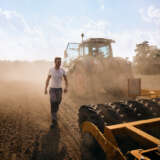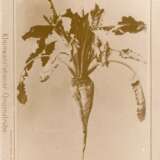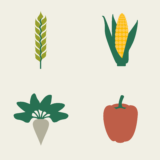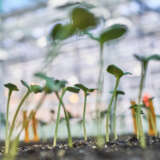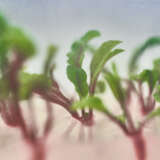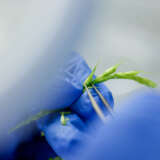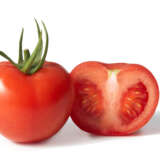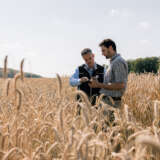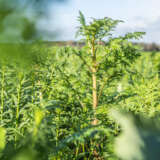Plant breeding:
Between
art form and key technology.
The core idea behind breeding is to modify the genetic composition of cultivated plants so they adapt to the shifting human requirements for stable yields, with the necessary quality in the harvested products, and to the changing environment. A fascinating and complex art form involving science, entrepreneurship and the pursuit of progress, which is deeply rooted in KWS.
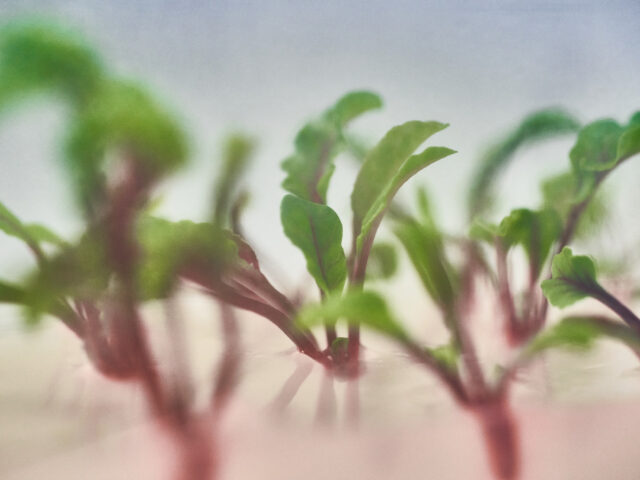
The first plant breeders actually lived about 10,000 years ago – when our forebearers replaced nomadic hunting and gathering with a settled lifestyle. They domesticated wild plants through selective breeding: From a plant population, they would select specimens with the desired properties again and again and propagate them over generations. This was a lengthy process that cannot be compared with the breeding methods used by KWS today.
But even today, developing a new variety is not a sprint. It is more like a research marathon. The general public often has no idea about the time and effort that goes into breeding. It takes eight to 12 years to develop a new variety. Therefore breeding objectives are targeted over the long term: Toward meeting global challenges such as climate change and toward quality requirements of farmers and their soils.
Demands on new crops are high – and will continue to grow.
Modern breeding methods are expected to:
- Secure and stabilize yields and ensure sustainable supplies
- Conserve resources – for example, by reducing water consumption and the use of fertilizer and pesticides
- Optimize energy and nutritional content for a more efficient use of cultivated land
There are various tools for achieving these breeding goals: KWS employs a range of methods that include crossing and selection – which to this day are still based on Gregor Mendel’s laws – hybrid breeding, and new breeding methods for systematically modifying plant genetics. The goal is to make a contribution to ensuring sustainable, viable farming through plant breeding.
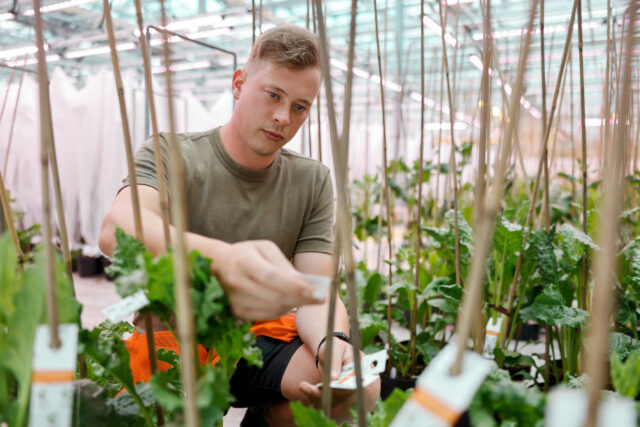
Genome editing: Let’s talk about future opportunities.
Genome editing is a new breeding method that induces specific breaks in the DNA of a plant. DNA breaks and repairs occur all the time in nature. Natural mutations ensure that, over time, organisms can adapt to new conditions and, as a result, gradually change. This process is imitated in a key area of genome editing, where targeted mutations are carried out on tiny gene sections; in turn, these mutations influence certain properties. These properties can be weakened or strengthened, deactivated or added to. By taking this approach, breeders can make specific changes without introducing foreign DNA. The resulting plants could also have evolved naturally – at the same time, the hope is that genome editing can meet future agricultural challenges by providing effective solutions through faster, more systematic breeding successes.
Examples from the “breeder’s toolbox”
- Crossing and selection
- Line breeding
- Hybrid breeding
- Cell and tissue culture
- Marker-assisted selection (MAS)
- Phenotyping
Cross & selection
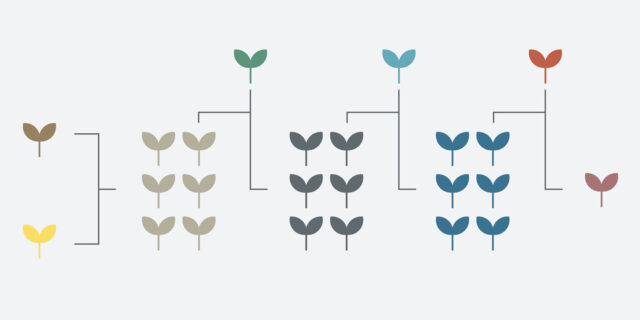
Parental plants bearing the desired characteristics are crossed with each other. The seed of the largest and most productive plants are sown again.
Line breeding
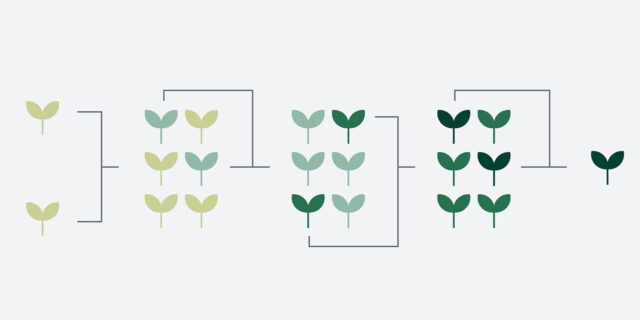
Here researchers cross two parent lines whose desired properties complement each other as much as possible. From the offspring, homozygotic plant lines are developed, which are called line-bred varieties.
Hybrid breeding
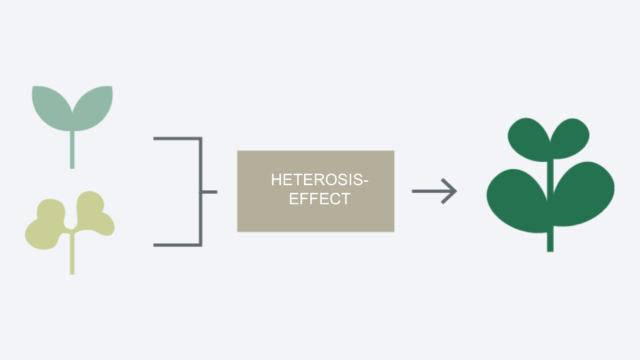
In hybrid breeding, two genetically different parent lines are produced.
Cell and tissue culture
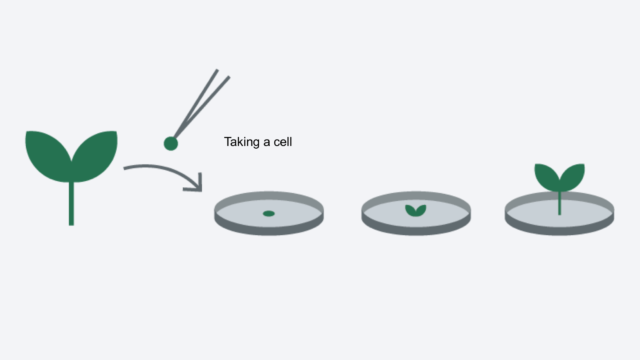
Using individual plant cells, entire plants are regenerated on growth media in the lab.
Molecular Markers
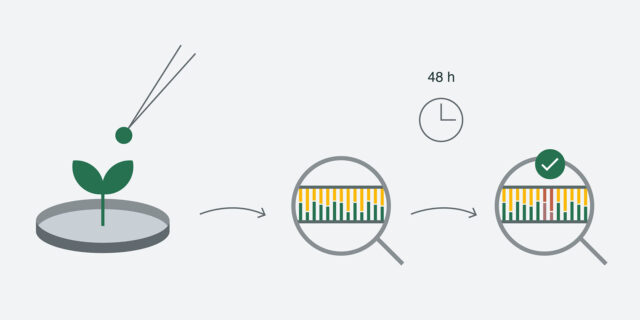
With the help of molecular markers, plant characteristics are analyzed.
Phenotyping

The properties of a breeding plant in the field are reviewed. We do this by using modern technology for automated analysis.
Genetic Engineering
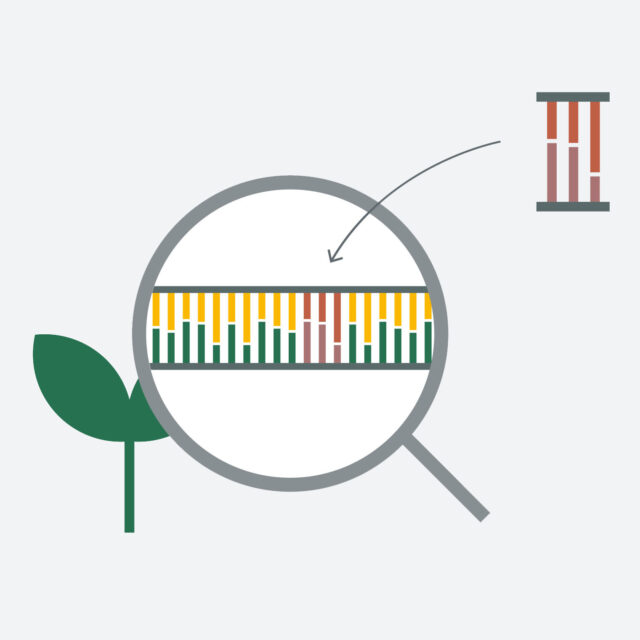
Green genetic engineering is a highly targeted method to provide plants with new genetic properties. It involves transferring genes or other sections of the genetic material (DNA), for instance from bacteria, to the genetic material of plants.
Genetic research
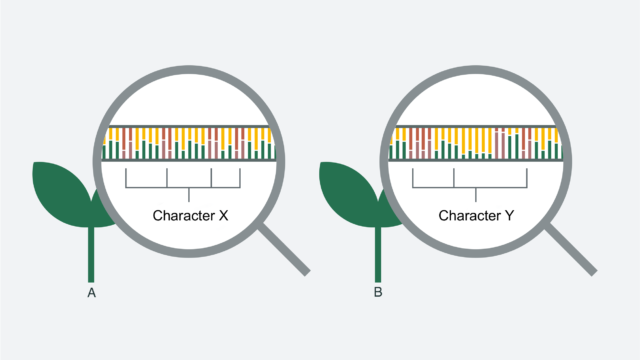
Here, the holistic structure and biological functions of the plant genome are explored.
Genome Editing
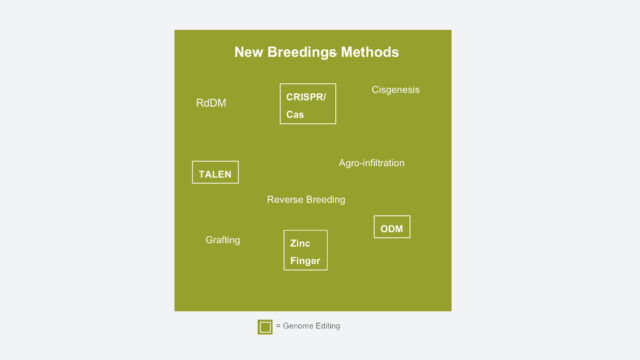
The term “genome editing” includes a number of different methods. They can all change individual building blocks of DNA in a precise and targeted manner.
